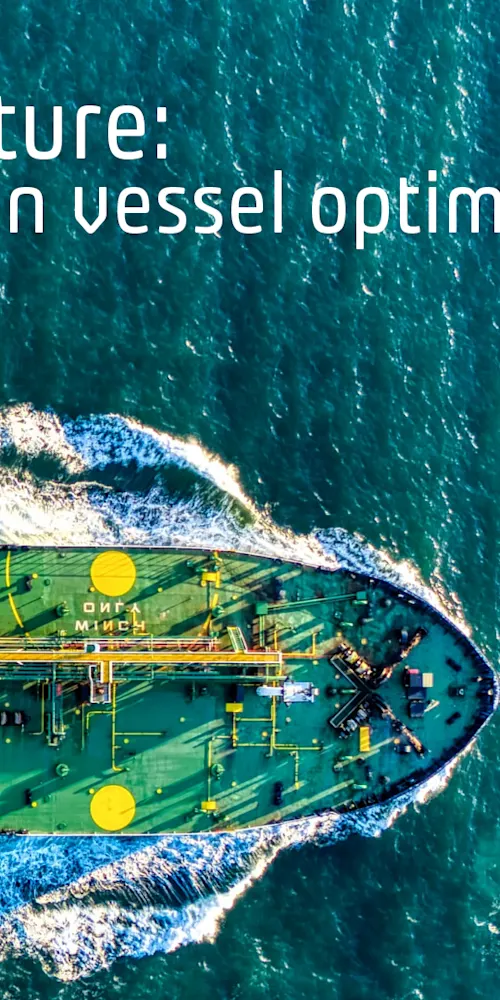Naval architecture: an integral step in vessel optimisation

The process of designing and building a commercial shipping vessel is not an easy one. From the smallest trawler or feeder vessels through to the largest megaships, there are thousands of considerations that need to be made to ensure that a vessel can safely travel from A to B.
As a craft and a science, naval architecture is all-encompassing. Naval architects are the foremost experts in vessel design, responsible for constructing, maintaining and operating a huge range of marine structures to rigorous compliance standards.
This hasn’t always been the case. Indeed, before the 17th Century, one of the primary (often the only) considerations made in terms of vessel design was aesthetics. Vital characteristics that we know today as being integral to good vessel design – such as hull form and stability – were simply not understood or prioritised.
Naval architecture as we know it today began to develop in the 1700s. The discipline has always evolved with the latest economic and scientific developments. For example, Britain’s naval dominance during the Victorian Era made it a hub for naval architecture – a reputation that, to some extent, it retains to this day. And it is Frenchman Pierre Bouguer to whom naval architects owe the most, for his 1746 work Traité du navire helped to establish the principles of the discipline, including some techniques that are still used today.
More recently, technologies of the last 20 or 30 years, from computer-aided design through to today’s sophisticated vessel modelling tools, mean that naval architecture has become an even more exact science. Indeed, the most sophisticated vessel models today can create a totally accurate replica of a vessel – a digital twin – to allow naval architects to test their newbuild designs or existing vessels in a range of conditions and under a huge variety of parameters.
Design at the heart of industry challenges
Today, organisations like the Royal Institution of Naval Architects, which was founded in London in 1860 to “advance the art and science of ship design", are highly regarded for their expert contribution to a manner of maritime issues – because the vessel and its design is ultimately at the heart of nearly every challenge that the industry faces.
This is equally true for vessel efficiency, decarbonisation and sustainability. Today’s vessels are specifically designed with efficiency in mind, and every year new designs are created that dramatically increase propulsive efficiency. In simple terms, if you were designing a car, you would want it to interact with the road and passing air as minimally as possible while remaining safe. The same is true for vessels and the ocean, which is why designing efficient hulls and minimising drag can have a huge implication on fuel use, and, ultimately, emissions.
Meanwhile, having a good understanding of how a vessel is interacting with the water during a voyage can help us to decide when to speed up or slow down, or even when to recommend a deviation to bunker at another port. As our Optimise platform has already demonstrated, these operational changes can unlock huge revenue increases and emissions reductions.
All of this is why ZeroNorth has bolstered its team of experts with individuals with long careers as naval architects. Our recent acquisition of Propulsion Dynamics Inc. and their CASPER vessel performance modelling capability means that we now possess a huge range of information on digital twins and how vessels interact with the water – and can therefore deliver ever-increasingly more robust optimisation insights to our customers.
This is because vessel performance optimisation is, in part, based on complex fluid dynamic models which predict fuel consumption. The expertise of naval architects remains integral as this area of study continues to develop, with the introduction of breakthrough technologies that use algorithms constantly improving the way vessel performance models are made.
Today, an exciting new chapter of naval architecture has begun which applies these learnings in practice. It’s therefore the time for naval architects, whose depth of knowledge is drawn from years of experience exploring how ships sail, to lead the way and enable more vessel optimisation insights to be generated. We’re proud to now have such experts working as part of ZeroNorth’s team.
As we have explored, naval architecture is fundamental to vessel performance optimisation, because the more understanding we have of how a vessel is sailing in constantly varying ocean conditions, the higher potential there is to find ways to optimise its voyages across the seven seas.
To find out more about our acquisition of Propulsion Dynamics Inc., read the news on our site: https://zeronorth.com/press/zeronorth-acquires-digital-vessel-performance-pioneers-propulsion-dynamics